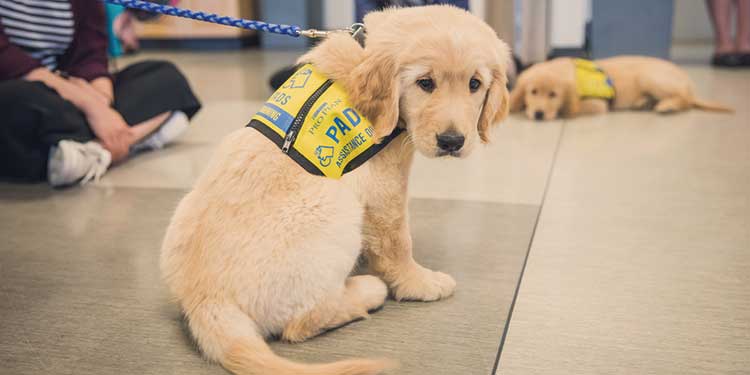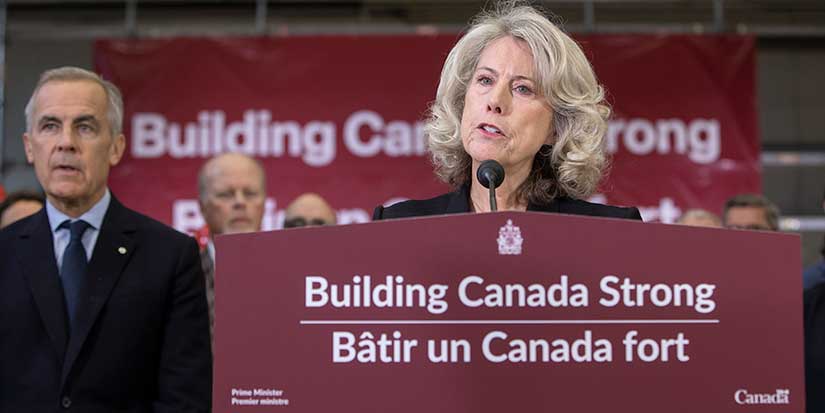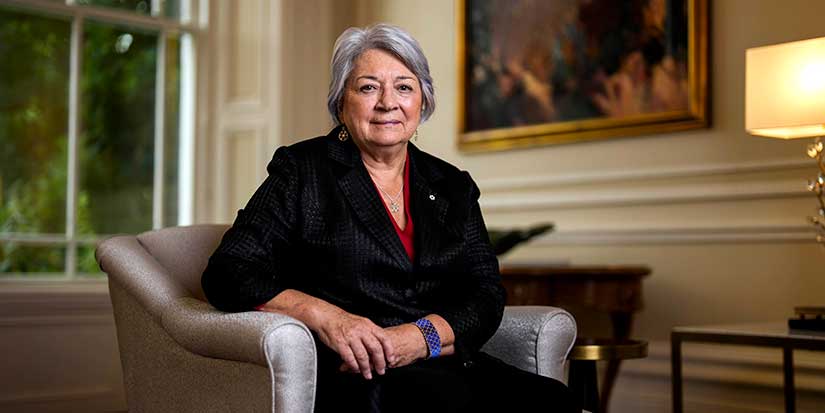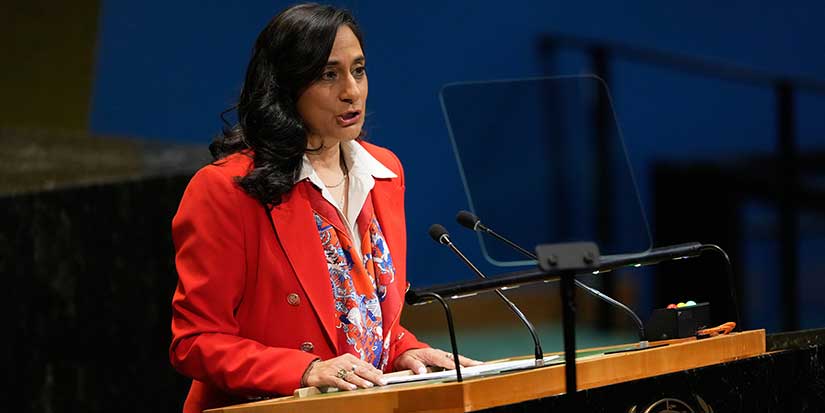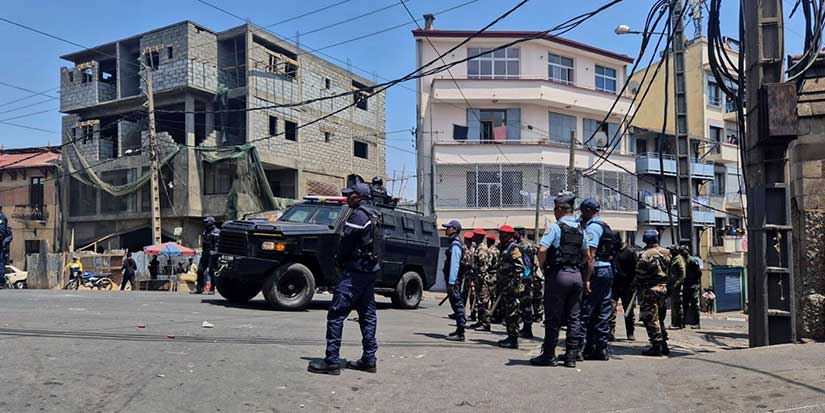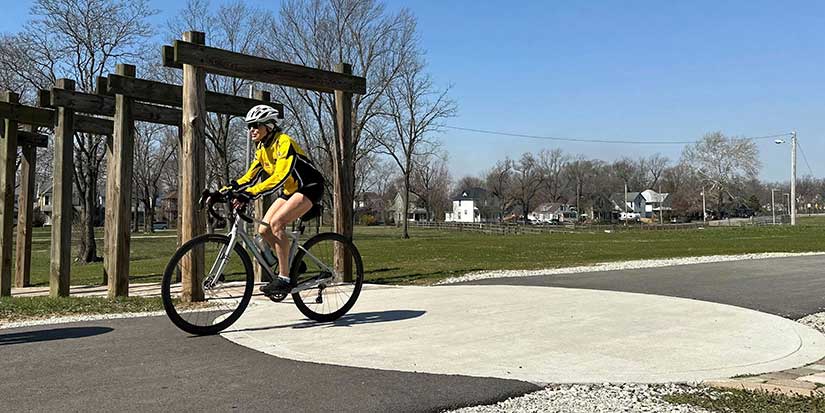Latest News
At YVR, accessibility and efficiency remain key
With a record number of travellers expected
through Vancouver International Airport, YVR works to add more accessibility to
their facility.
In March 2018, traffic was up more than nine
per cent, making it the earliest month of the year where traffic exceeded two
million passengers. No longer do we hide away differently-abled people. Paying
more attention to the last word, “people” than any other descriptors, many
facilities work towards inclusion and accessibility through universal design,
intuitive design and new technology. According to KPU industrial design
professor, Victor Martinez, intuitive design means putting things within easy reach
in a spot where people would expect them to be. Martinez says this applies
equally to a car’s control panel and the location of washrooms in a public
facility. He also says, good design is invisible to the user. It just makes
things easier to use, and use well.
Subscribing to the philosophy that ensuring
equal access is not offering special privileges, VYR builds in many aids to
independent living with each renovation or new build.
For instance, the acoustics designed to be
calm also reduce the background din for those using hearing aids.
Things that may go unappreciated to those
with typical abilities are a boon to travellers. The flooring alone indicates
YVR’s attention to detail. Different textures let your feet know where you are
when your eyes cannot. The floors at YVR were designed with a tactile code.
Tile or terrazzo indicates an exit is near, carpet indicates a gate is nearby,
laminate flooring indicates a retail area and high contrast tiles let you know
which way you are going.
The textural differences do not happen by
accident but are designed in to the very structure of the building with great
forethought and planning. Understanding the subtleties of cues those with low
or no vision standardly use for navigation, aids independence, helps people
travel, and offers the dignity of way-finding on their own.
Now, joining the host of things YVR is doing
to level the playing field for travellers with physical or sensory challenges,
is CHECKITXPRESS, the world’s most accessible, efficient and intuitive
self-service bag drop. Using innovative design and technology, this will make
it easier to figure out how to drop your bag and to actually send your luggage
on its way.
YVR’s technology hub, Innovative Travel
Solutions, partnered with New Zealand-based Glidepath, a world leader in
airport baggage handling, to develop CHECKITXPRESS seen pictured above.
Universal design is an architectural attitude
that designs out the barriers that can unconsciously be designed into a
building’s plan. It means removing stairs or even single steps wherever
possible, having buildings supported by walls rather than posts people can
unexpectedly bump into, and smooth transitions between different types of
flooring. It can include surfaces that are easy to roll a wheelchair on instead
of thick carpet.
When inclusion is the model, there can be
unexpected consequences, positive consequences.
The standard adaptations for those who use a
wheelchair turn out to be ideal for tired moms with heavy toddlers in big
strollers; the wheels roll easily; there are no steps to negotiate; elevators
are where you’d expect them; washrooms are big enough to get into and the
stalls accommodate not only the stroller or wheelchair but have a changing
table all can use with dignity.
People no longer consider themselves bound to
a wheelchair but using a wheelchair. Just as eye glasses or cellphones are all
ways of joining the world, those with differing needs of any kind expect to
participate fully in what the world, and travel, have to offer whether it be at
home, in the mall, or on an international voyage that starts at YVR.
